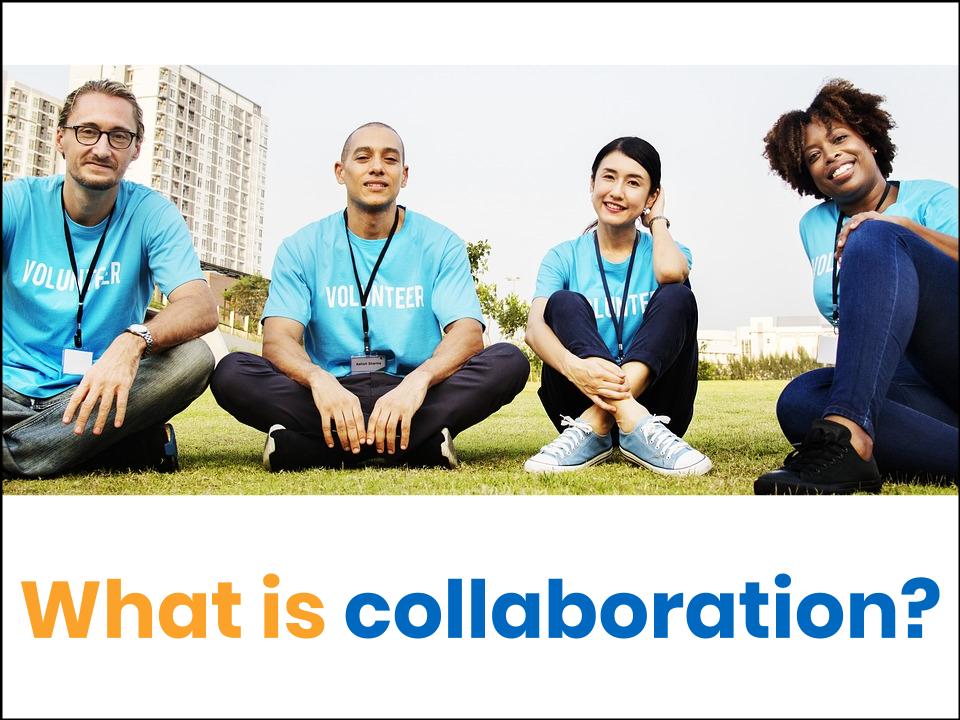Getting Better Together
Digital Action Plan. New courses. New partners. New projects. New people.
It has been a busy year and if there is one word to describe the past 180 days, it has to be collaboration.
Collaboration in education usually invokes images of smiles and people getting along while working on projects. When we say collaboration, maybe this is the picture we have in our head. And when we don’t want to collaborate with people, maybe it is because we think that it will be really difficult to attain that image with the particular people involved – if not impossible.
I think collaboration needs to be so much more than getting together (smiling and getting along) to achieve a pre-set something – whether it be a learning resource, an evaluation situation, a video, a set of ideas, a workshop, or an article.
Years ago, I read an article that I keep coming back to, Conflict amid Community: The micropolitics of teacher collaboration by Betty Achinstein. Her research demonstrated that, too often, what was missing from collaboration and community was conflict. (Not the yelling at each other and fighting kind of conflict, the opposing viewpoints kind of conflict.)
Now, we might think that to be a good thing. But, really, it is not. Conflicting opinions exist in community. When we ignore that, when we think there is only one way to do things, then we get into dangerous territory of privilege and oppression. When we focus on only one way of doing things, then we lose out on a diversity of ways of doing and being that, when put together, become something new, something great.
And that is what Betty Achinstein found. That when teachers collaborated on various projects, they very often met with conflict. The knee-jerk reaction to conflict is to make it go away – to smooth things over, to concede to something that we may not agree with, or to choose to exclude diverse viewpoints from the conversation. But, when conflict was allowed to happen, when teachers listened to each others different points of view and worked together anyways, they were able to achieve great things. Together. And the community got stronger. And individually, people felt better because they were heard and together they were contributing to the betterment of their community.
This year, I worked on many projects with many different people. Our Adult Education RECIT team in the English community doubled in size, beyond that, the RECIT network more than tripled in size. There was a demand for more resources to support the English network and so I have been starting to work with more people across it – from the youth sector into the adult sectors – and we each have our ways of doing and being that become part of our collaboration process.
And so of course – conflict occurs. When it is talked about and worked through and accepted as a part of the process, I believe that what we are working towards is better. Universal Design in education is steeped in empathy – the designing of learning environments and products with the greatest possible potential users in mind. How can we do that without listening to, considering, and integrating opposing viewpoints?
Each year around this time, as I start to think about the year to come, I ask myself – how are we getting better? When my ideas were challenged this year during collaboration, the end results were always better because they included multiple points of view. It wasn’t always easy for me and sometimes it took longer than I wanted, but it was always better. So my wish for next year, is that we continue to challenge each other so that we can continue to get better. Together.








